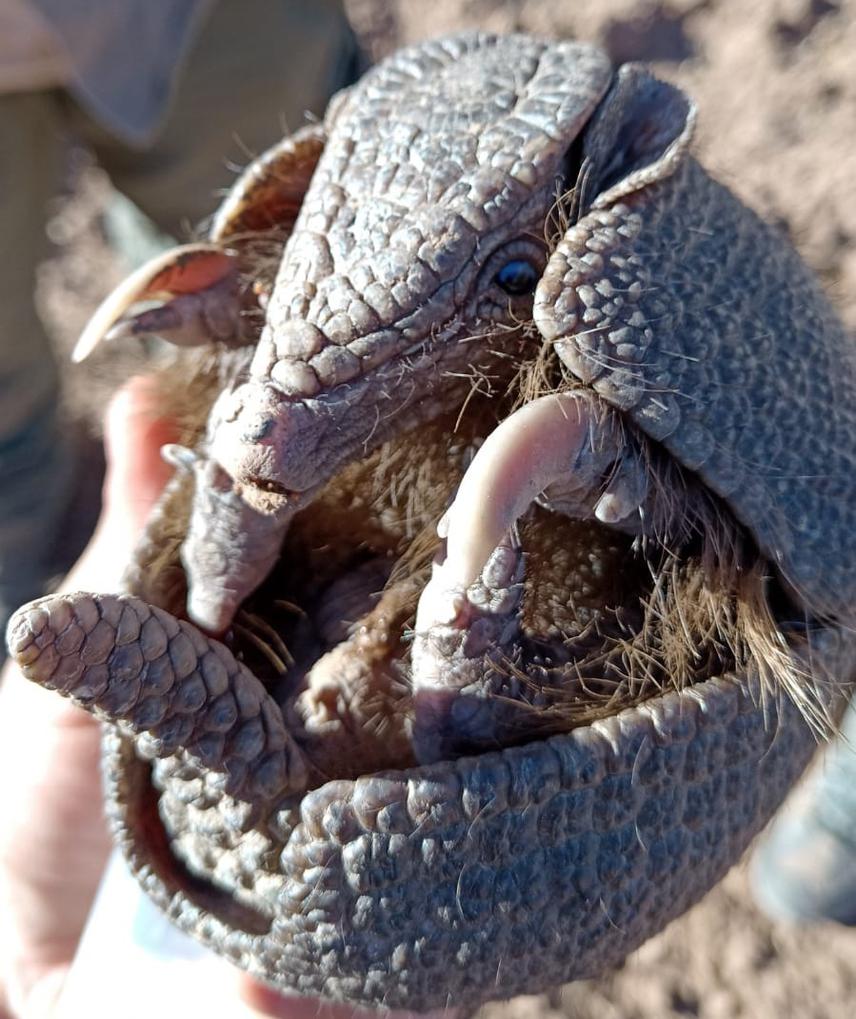Ezequiel Andres Vanderhoeven
Anthropogenic changes associated with land use such as agriculture and deforestation are implicated not only in the loss of biodiversity, but also in the increase in the frequency of emerging and re-emerging zoonoses. More than 75% of emerging infectious diseases correspond to zoonoses. The high level of interaction between domestic animals and humans can be a risk of transmission of zoonotic diseases, becoming a veterinary and public health problem. Monitoring diseases and their implications in animal health gives a new perspective when proposing conservation plans. Armadillos are the most diverse and widely distributed group of Xenarthrans. These species are frequent in anthropogenic areas, share their burrows with other species, and are a great hunting resource for local communities. The role of diseases in the population dynamics of the armadillos has often been underestimated, as these could represent a risk for their conservation. Little is known about the susceptibility of armadillos to pathogens that can cause morbidity or mortality. We propose to evaluate three zoonotic diseases in armadillos: leprosy (Mycobacterium leprae), SARS-CoV-2, and Arboviruses.

A southern three-banded armadillo kept as a mascot.
The project will be carried out in the Gran Chacoan Argentinian eco-region. This is a rapidly developing frontier, representing a matrix of protected wilderness areas and the epicentre of growth in Argentina’s agriculture, with a high deforestation rate. We aim to determine if there is circulation of diseases that could potentially become emerging infectious diseases that impact humans and livestock, and to understand the impact in conservation of armadillos. Thus, we plan to investigate associations between the degree of anthropogenic disturbance and the circulation of these diseases.
This project will provide information on the pathogens circulating in armadillos and serve as the basis to develop conservation strategies to improve the chances of long the term survival of armadillo’s populations in the Chacoan region of Argentina, especially for the Giant Armadillo (Priodontes maximus).
The results will allow us to increase our knowledge of diseases circulating in armadillos in order to evaluate their importance as reservoirs of diseases that may be important to both local and global communities.
Header: Training in telemetry with Tatu Canastra team in Brazil.